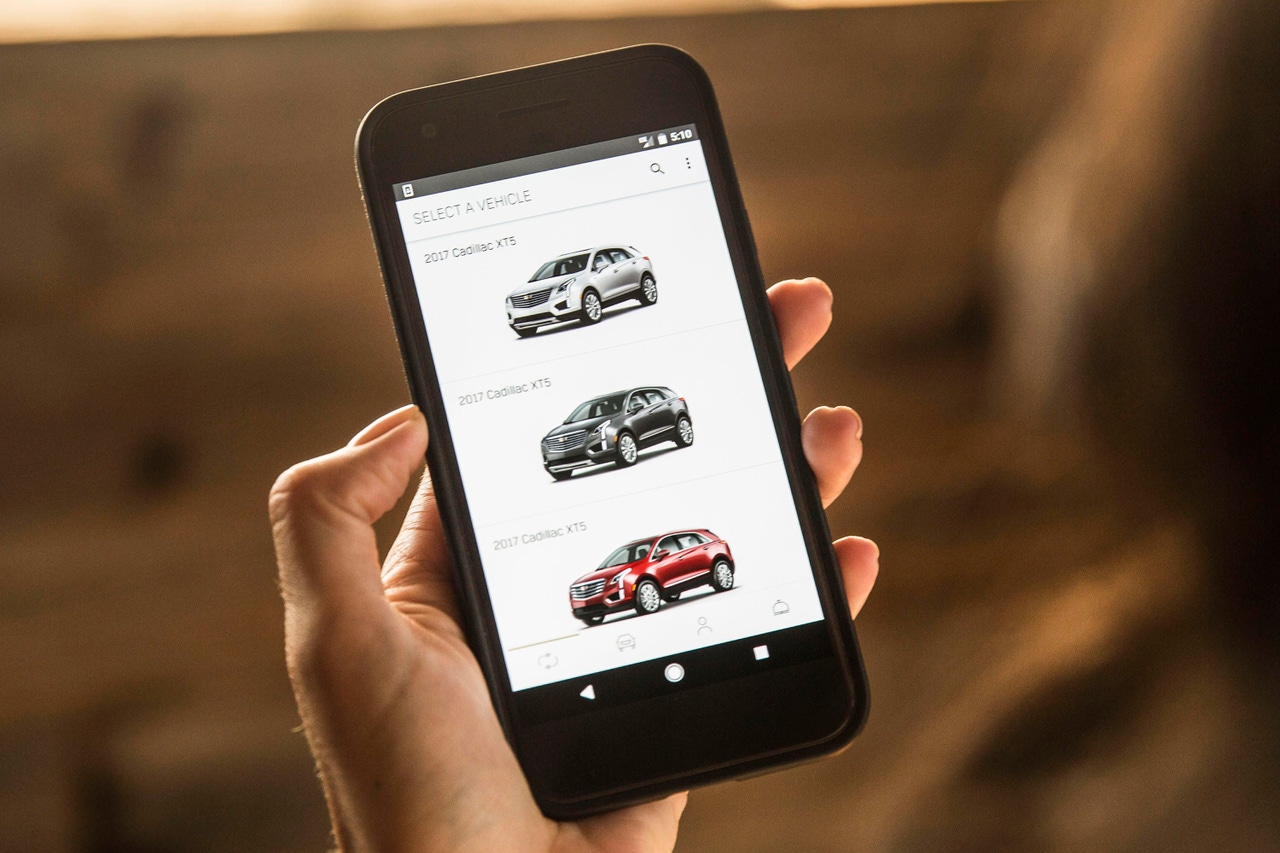Four Reasons Car Subscription Services StruggleFour Reasons Car Subscription Services Struggle
The missing variable has revolved around value.
February 6, 2020

Subscription service models have transformed many important segments of the economy. Think of video streaming, music, books, shaving gear, beauty products and food.
The auto industry has launched its own efforts to make cars and trucks available to consumers on a modular pay-as-you-go and drive-what-you-want basis. The results, so far, have been mixed.
Some of the major players (like Ford and Cadillac; although the latter says it will be back) have already exited this field of battle for the hearts and minds of consumers.
While the jury is still out on the ultimate fate of vehicle subscriptions, J.D. Power has developed a clear idea of some issues that have held back the initial automotive industry foray into this economic model:
Unclear value proposition. The initial focus on convenience and dynamic choice – you can drive what you want when you want to for one monthly fee – has not captured the imagination of a critical mass of consumers.
The missing variable has revolved around value. It has been difficult for many prospective clients to rationalize the two-to-three multiple premium of the monthly subscription payment against conventional loans and leases.
Consumers looking at the offerings from Care by Volvo are faced with the option of paying $700 a month for a subscription when the lease price for an equivalent vehicle comes in at $399 or less.
The difference is even more stark for offerings like Access by BMW and Mercedes Collection, where consumers are looking at a minimum of $1,000 in subscription fees (or as much as $1,800 in the first iteration of BOOK by Cadillac) compared with $419 to $429 lease payments for comparable product.
It is true that there’s much more that goes into the subscription service, which is undoubtedly emphasized in the sales conversations taking place in the trenches. But right off the bat, the chasm in price and perceived value appears to be difficult for many consumers to cross.
Personal vehicles may not be a good fit for the subscription model. For generations, the family car has stood for much more than a way to get from point A to point B. It has been a symbol of economic prosperity. It has been a symbol of independence and an important rite of passage for youths and young adults who received – or purchased – their first vehicles.
It has always been a major commitment that has carried with it significant post-purchase implications.
While the food we eat, the clothes we wear and the personal products that we consume have lent themselves to successful subscription models, the large price tag and practical presence of vehicles seem out of sync with the commodity-like offerings that have prospered in the as-a-service economy.
Generational assumptions about vehicle ownership are not playing out. One of the major arguments for subscription services in general – and the application to the automotive market in particular – revolves around the idea that emerging generations are not into buying cars.
While it is true the Millennial generation entered the workforce and, therefore, the car market during the economically distressed Great Recession, their buying patterns today remain remarkably consistent with previous eras.
As the Gen Y folks enter the management ranks of the organizations they serve, they are buying and buying big. They, along with the Gen Zers graduating into the workforce today, are contributing to the demand for personally owned vehicles that reflect individualism and lifestyle.
Subscriptions undermine the intimate relationship between people and their vehicles. The average commuter in the United States spends approximately four hours a week in their car. That’s 200+ hours a year just getting back and forth to work.
This does not include the hours consumers spend going on errands, family vacations and countless other activities.
The combination of time and proximity (consumers are literally inside their vehicles) breeds a unique and deep intimacy between driver and car.
The muscle memory associated with finding any one of dozens of controls to set temperature, play some music, and adjust seat and mirror settings does far more than elevate our comfort; it enhances consumer safety and security on the road.
Together, familiarity and peace of mind create an intimacy that becomes immediately obvious when consumers slip into a vehicle they don’t know. It is worth exploring the effect that subscription offerings have on this bond, and whether it has any pull-through implications on consumer behaviors such as brand loyalty over the long run.
We do not appear to be leapfrogging into the post-ownership automotive economy that many had expected. There are many reasons for this.
While every shopper is unique, it turns out that shoppers of all generations include many who are price sensitive, well-educated, experienced and more than willing to use the plethora of tools at their disposal to engage in extremely sophisticated comparison shopping.

Andrew Stowe (003)_2
Some have a bias for transparency that may be at odds with the concept of "bundled offerings" that prevent buyers from finding the best deals across finance, insurance and post-sales maintenance services. (Wards Industry Voices contributor Andrew Stowe, left)J.D. Power will continue to study subscription services and their effect on the automotive marketplace, but until the aforementioned issues are addressed, it seems the transformation will be delayed.
Andrew Stowe is senior director-vehicle valuations at J.D. Power.
About the Author
You May Also Like